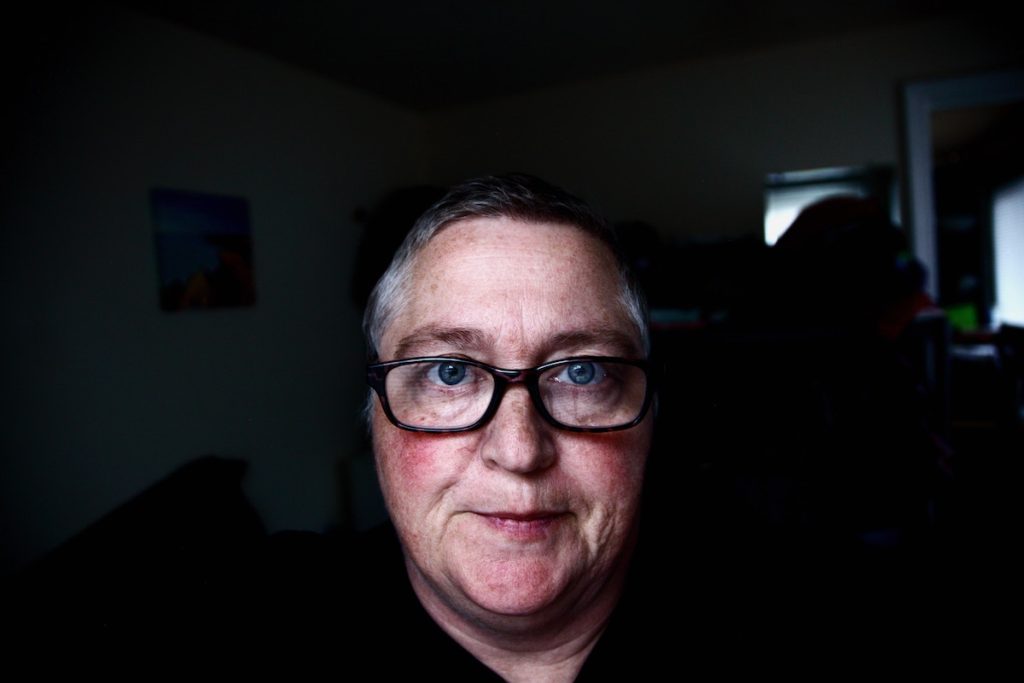Rosacea is a common skin condition that affects millions of people worldwide. It’s a chronic condition that can cause redness, bumps, and flushing on the face, particularly in the nose, cheeks, and forehead. Although there’s no cure for rosacea, there are several rosacea facial treatment options available that can help manage its symptoms.
In this blog post, we’ll discuss some of the most common rosacea treatment options, and how to determine which one might be right for you.
Topical medications
Rosacea may be treated using creams, gels, or lotions that you apply directly to your skin. These medications typically contain ingredients that can help reduce redness, swelling, and bumps.
Topical medications used to treat rosacea include metronidazole, azelaic acid, and ivermectin. These medications are usually used once or twice a day, and you may need to use them for several weeks before you see any improvement.
However, you want to avoid using topical steroids as they can make rosacea worse. These medications can cause thinning of the skin and worsen the redness and inflammation.
Oral medications
There are also pills and capsules that you take by mouth to treat more severe cases of rosacea, or if your symptoms don’t improve with topical medications. Oral medications commonly used to treat rosacea include antibiotics, such as doxycycline or minocycline, which can help reduce inflammation and bacteria on the skin.
Isotretinoin is a powerful medication that can be used for severe cases of rosacea. It’s a form of vitamin A that reduces oil production in the skin and can help prevent pimples and cysts. Isotretinoin has significant side effects, including dry skin, chapped lips, and sensitivity to the sun. It’s essential to talk with your doctor to discuss the risks and benefits of isotretinoin before starting treatment.
Laser therapy
Laser therapy is a non-invasive treatment that uses intense pulses of light (IPL) to target blood vessels that contribute to the redness and flushing associated with rosacea.
You can treat rosacea with IPL, addressing both the visible symptoms and the underlying causes of the condition. Laser therapy is usually done in a dermatologist’s office, and you may need multiple treatments to see results.
Natural remedies
There are several natural remedies that people use to help manage their rosacea symptoms. However, it’s essential to speak with your doctor before using any natural remedies, as some can interact with medications or worsen your symptoms.
Aloe vera is a natural anti-inflammatory that can help soothe and cool the skin. Green tea extract contains compounds that can help reduce redness and inflammation. Chamomile tea can also help reduce inflammation and soothe the skin.
Conclusion
Rosacea is a manageable condition, and many treatment options are available to help manage its symptoms. It’s important to speak with your doctor to discuss which treatment option is best for you based on the severity of your symptoms, your medical history, and any potential side effects. Also, if you’re going for a cosmetic procedure like light therapy, you want to ensure you work with a seasoned professional to get the best results while minimizing side effects.

